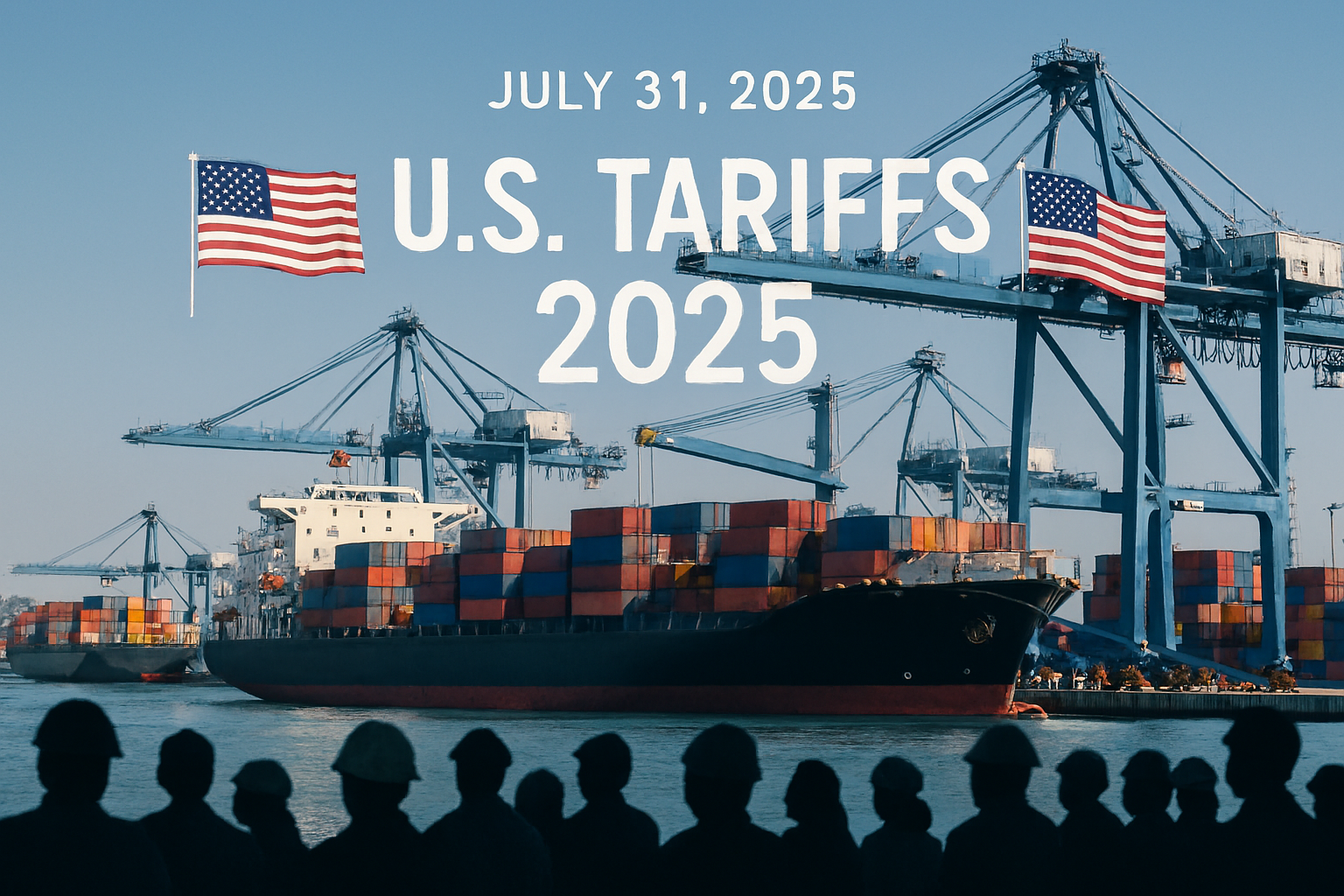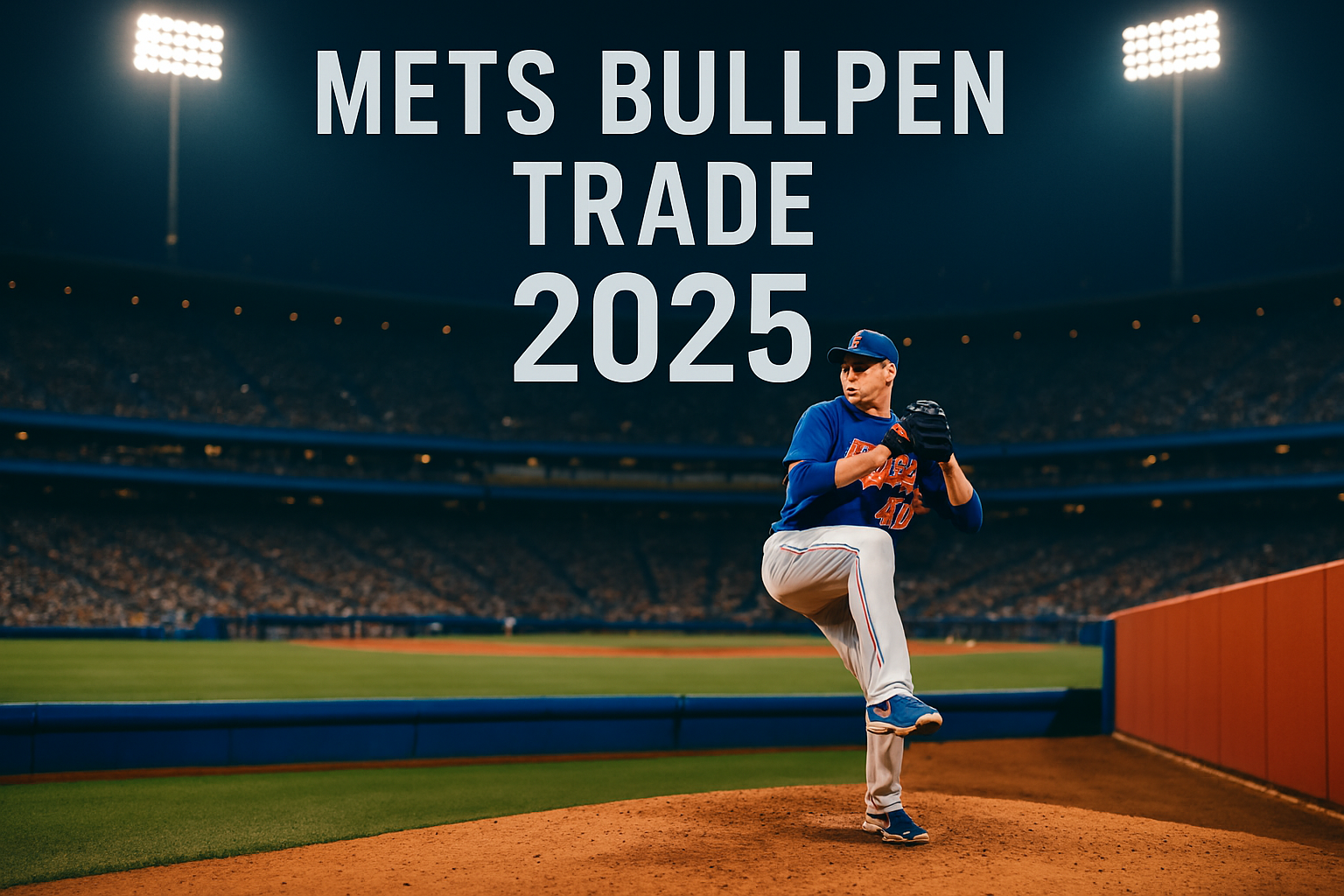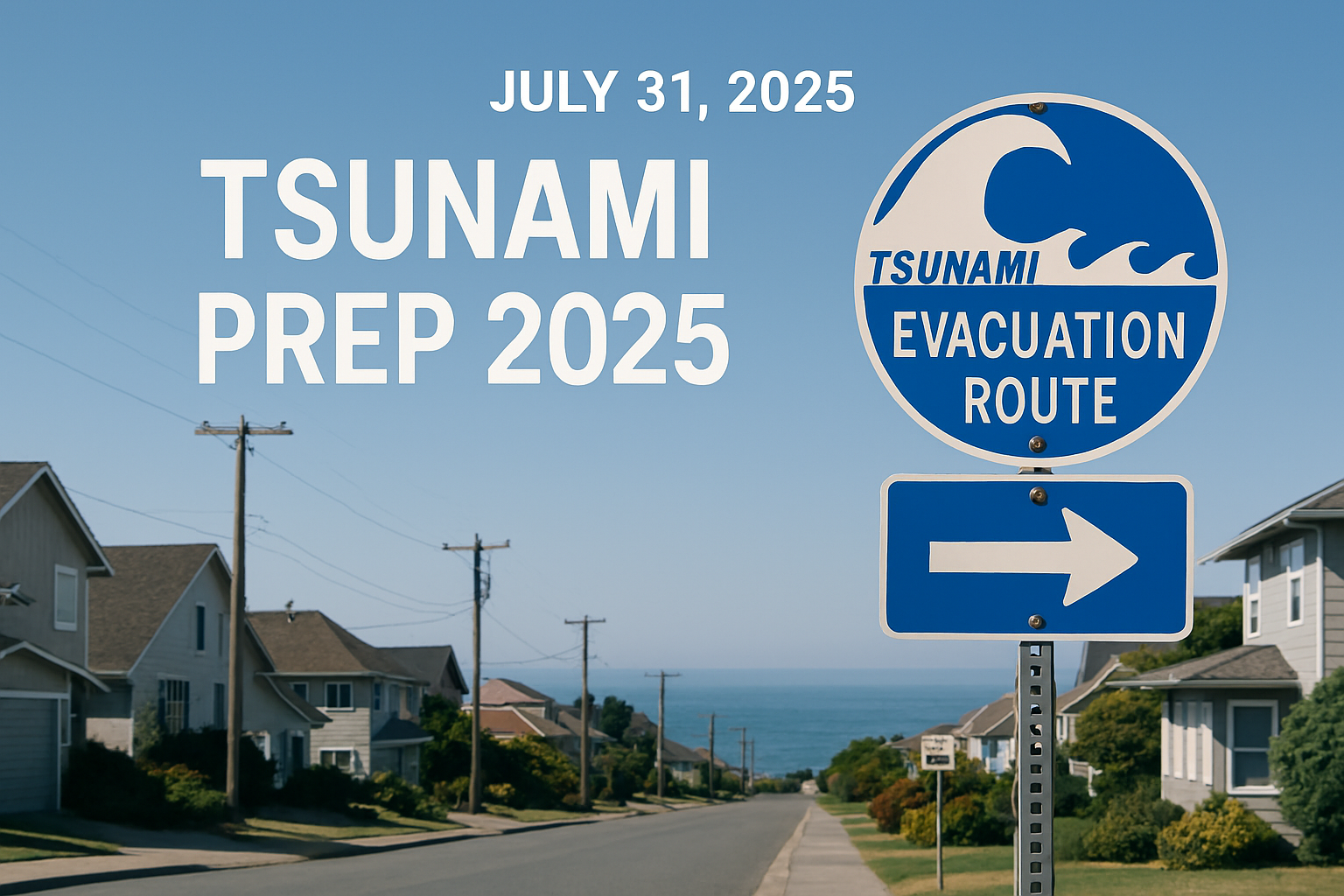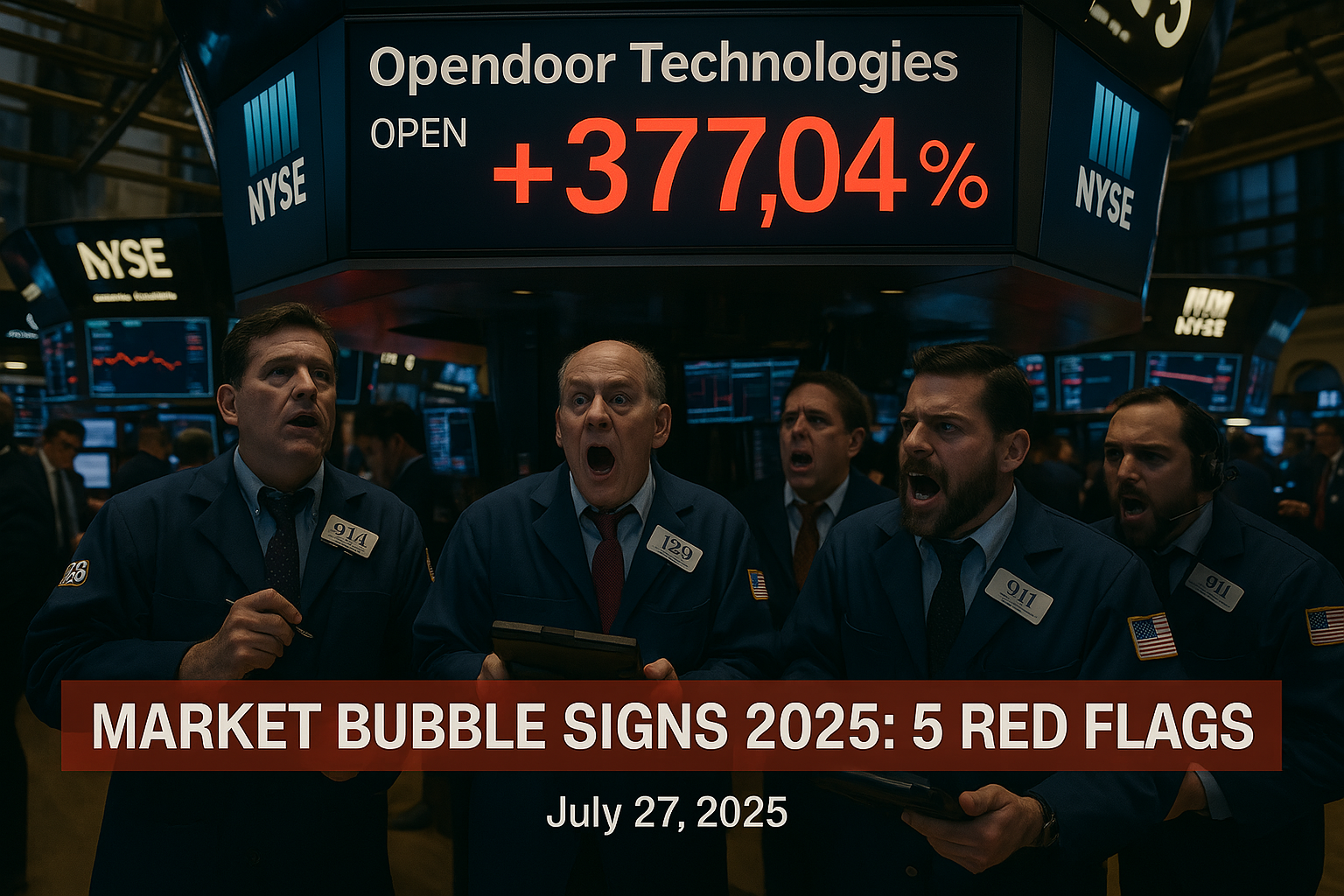Mercedes Porsche Tariffs China Slowdown 2025: Luxury Carmakers Slash Forecasts
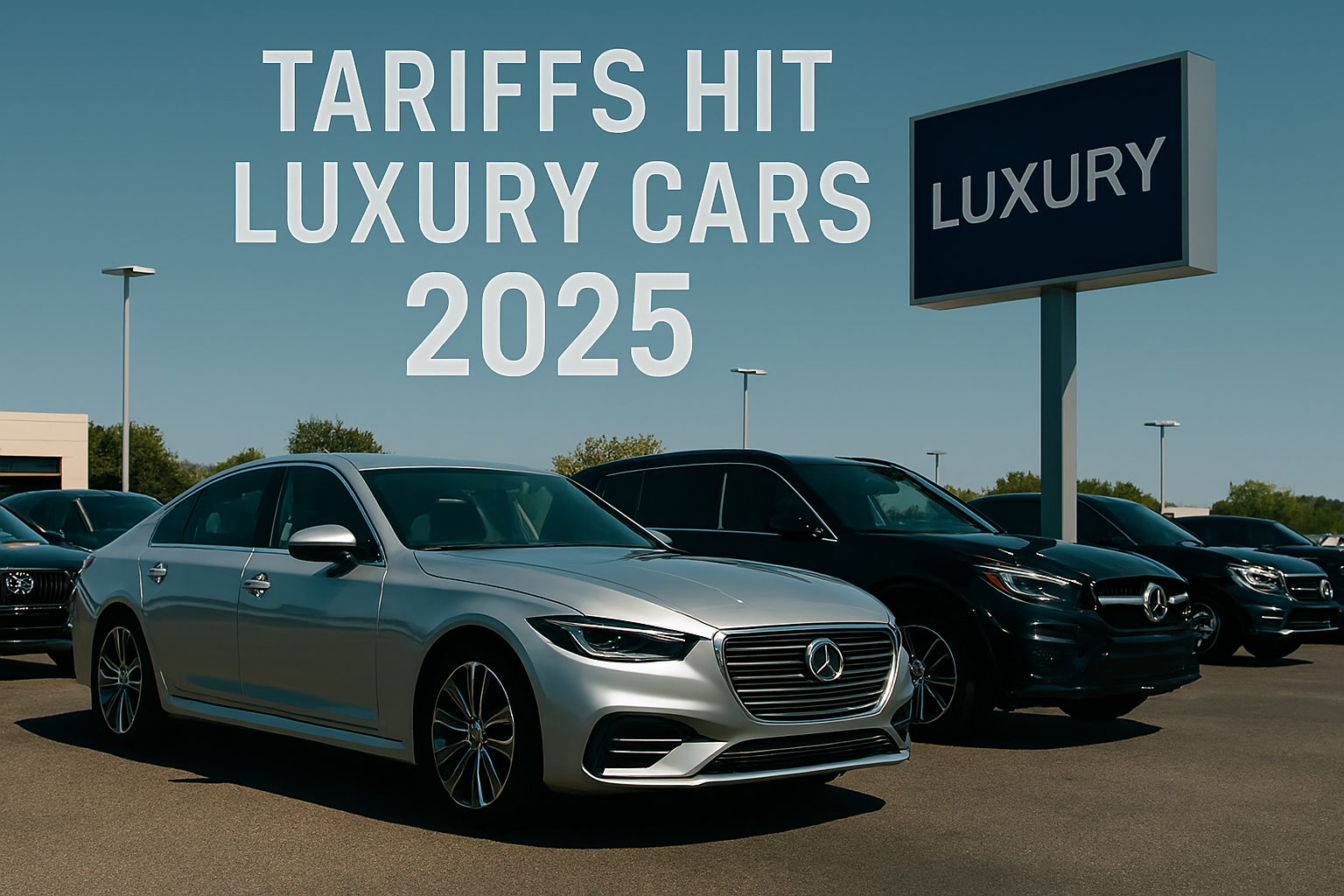
Germany’s luxury car titans, Mercedes-Benz and Porsche, are reeling from a brutal combination of U.S. tariffs and a collapsing Chinese market, forcing both to slash their 2025 profit forecasts. The Mercedes Porsche tariffs China slowdown 2025 crisis, reported by The New York Times, saw Mercedes’ profits plummet 56% and Porsche’s operating margin drop to a projected 5–7%, as trade barriers and fierce competition in China erode their bottom lines. With President Trump’s tariffs reshaping global trade and China’s electric vehicle (EV) boom sidelining foreign brands, can these automakers adapt, or will they face a structural decline in the luxury car sector?
The Financial Fallout
On July 30, 2025, Mercedes-Benz and Porsche announced drastic cuts to their financial outlooks, driven by U.S. tariffs and a Chinese market slump:
- Mercedes-Benz: Net profit for the first half of 2025 fell 56% to €2.7 billion from €6.1 billion in 2024, with second-quarter profit down 69% to €957 million, missing analyst expectations of €1.5 billion, per Euronews. Revenue dropped 10% to €33.2 billion, and the company now expects 2025 revenue “significantly below” last year’s €146 billion, with car division profit margins at 4–6% (down from 6–8%), per Reuters. U.S. sales fell 12%, and China sales dropped 19% in Q2, largely due to a 27.5% U.S. tariff costing €362 million, per The New York Times.
- Porsche: Operating profit plunged 67% to €1.01 billion in the first half, with Q2 profit down 91% to €154 million, hit by €400 million in tariff costs, per Proactive Investors. Porsche cut its return-on-sales forecast to 5–7% from 6.5–8.5%, its third downgrade this year, expecting sales of 250,000 vehicles versus 311,000 in 2024, per Rennlist. North American deliveries rose due to pre-tariff orders, but China sales crashed nearly 30% amid “intense competition,” per The New York Times.
A recent U.S.-EU trade deal reduced tariffs on European cars to 15% from 27.5%, effective July 27, offering some relief, but Mercedes CEO Ola Källenius called further car-specific tariff deals “very uncertain,” per Reuters.
The Twin Pressures: Tariffs and China’s Market Shift
- U.S. Tariffs: Trump’s 27.5% tariff on European vehicles, implemented in April 2025, hit Porsche hardest, as all its cars are made in Europe, per The New York Times. Mercedes, with its Tuscaloosa, Alabama, plant producing SUVs, benefits from zero EU tariffs on U.S.-made vehicles but faces 100% Chinese tariffs on these exports, per The New York Times. The American Automotive Policy Council noted that tariffs favor EU vehicles with less U.S. content over North American-made cars, hurting U.S. suppliers, per Daily Express US.
- China Slowdown: China, once a goldmine for luxury cars, saw Mercedes’ sales drop 19% and Porsche’s 30% in Q2, driven by local EV makers like BYD offering cheaper alternatives, per Bloomberg. Mercedes’ EV sales fell 23% globally in 2024 to 185,100 units, prompting a delay in its 50% EV sales goal from 2025 to 2030, per CFO.com. Porsche abandoned its 80% EV target by 2030, citing low margins and supply chain issues, per Fortune.
- Additional Costs: Mercedes faced €750 million in restructuring costs, including Argentina operations, while Porsche incurred €1.1 billion in reorganization and EV investment expenses, per FIRSTonline.
The establishment narrative frames these challenges as temporary, with CEOs like Källenius claiming “robust” results, but the sharp profit declines and repeated forecast cuts suggest deeper structural issues, per BSS News.
Strategic Responses
- Mercedes-Benz: The company is pivoting to premium models and R&D, investing €73 billion annually in batteries, robotics, and AI to counter competition, per Euronews. Plans include shifting production to Tuscaloosa by 2027 to dodge tariffs and launching 19 combustion and 17 EV models, per CFO.com. Källenius emphasized “using our global production footprint intelligently” to navigate tariffs, per The New York Times.
- Porsche: Facing a “structural change in the global landscape,” CEO Oliver Blume announced 3,900 job cuts by 2029 and negotiations for further cost reductions with IG Metall, per Rennlist. Porsche is reevaluating its EV strategy, as the electric Macan underperforms, and focusing on special models to boost Q4 sales, per FIRSTonline.
- Market Adaptation: Both companies are holding prices steady to maintain U.S. competitiveness, with Mercedes avoiding 2025 model price hikes, per Automotive News. However, intense Chinese competition and a weak U.S. dollar (eroding Porsche’s margins) complicate recovery, per Rennlist.
Broader Implications
- Industry Impact: Other automakers like Ford (€2 billion tariff hit) and General Motors (€4–5 billion annual impact) face similar pressures, per SupplyChainBrain. Jaguar Land Rover and BMW also reported sales drops, while Lamborghini remains stable, per FIRSTonline.
- Geopolitical Tensions: Trump’s tariffs aim to boost U.S. manufacturing but risk retaliatory measures from China and the EU, potentially escalating trade wars, per Reuters. Mercedes’ push for an “equitable solution” to EU-China EV tariff disputes reflects broader industry concerns, per Reuters.
- Consumer Effects: Tariff-driven costs could raise U.S. vehicle prices, while China’s EV price war pressures luxury brands to discount, squeezing margins, per Bloomberg.
What’s Next for Stakeholders
- Investors: Monitor Mercedes (XETRA:MBG) and Porsche (XETRA:P911) stock performance, down 1.5% and reflecting a 29% yearly loss for Porsche, per Fortune. Expect volatility as tariff impacts linger, per Investing.com.
- Consumers: Anticipate stable U.S. prices for 2025 models but potential delays in new vehicle launches due to production shifts, per Automotive News.
- Industry: Watch for further cost-cutting and EV strategy adjustments, as Mercedes and Porsche navigate a “radically changed macroeconomic context,” per FIRSTonline.
Conclusion
The Mercedes Porsche tariffs China slowdown 2025 crisis has exposed vulnerabilities in the luxury car sector, with U.S. tariffs and China’s EV-driven market shift slashing profits and forcing strategic pivots. While Mercedes and Porsche adapt through production shifts and cost cuts, the road ahead is fraught with geopolitical and competitive challenges. As the global auto industry braces for a turbulent second half, these German giants must innovate to survive. Share your thoughts on their next moves below.
